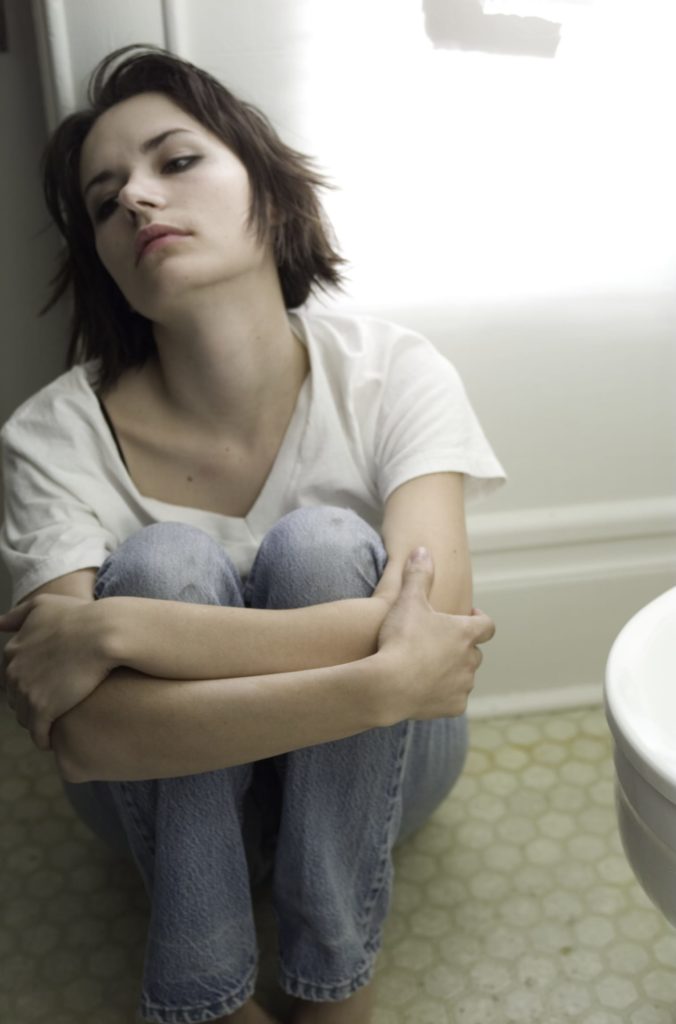During adolescence hormones flood rapidly developing bodies, with teenagers struggling to manage new emotions and experiences. Parents, too, may be taken aback by their teens’ new appearance and what seems like extreme swings in mood. Over half of teens experience depressed mood, and between eight and 10 percent with symptoms meeting criteria for clinical depression. If left untreated, depression can have a widespread effect on a teen’s development, impacting cognitive and social growth, as well as relationships and academic achievement. In addition, depression in adolescence is a reliable predictor for recurring symptoms that can appear in adulthood. Three types of therapy have been proven effective for the treatment of depression: cognitive-behavioral therapy (CBT), interpersonal psychotherapy (IPT) and dialectical behavior therapy (DBT).
Cognitive-behavioral therapy
CBT is a versatile type of therapy that is effective at treating many types of mental disorders. It’s characterized by structured, problem-focused approach with goals in mind. Therapy is usually conducted on a weekly basis, with sessions beginning with a review of the agenda and a review of any homework. Treatment can range from four to 20 sessions, but additional mental disorders may mean additional sessions. Common tools used in CBT include: psychoeducation, which helps the teen gain an understanding of their thoughts, feelings and behaviors and how they are connected; and mood monitoring, in which a mood diary might be used to detect patterns of emotions and thoughts.
Interpersonal psychotherapy
IPT focuses on the various relationships and social contacts in a teen’s life, viewing problems through an interpersonal filter. The therapy examines the symptoms of depression as they impact the relationships the teen experiences. IPT is used to teach new skills related to communication and problem-solving in order to improve interpersonal effectiveness. During the patient’s adolescence, relationships with peers and dating partners become increasingly important, and focusing on developing these relationships can significantly improve depressive symptoms. Treating a patient with IPT generally involves sessions occurring over 12 to 16 weeks, in 60-minute periods.
Dialectical behavior therapy
DPT is a relatively new treatment for depression among teens. It was developed in the early 1990s as a treatment option for women with chronically suicidal thoughts and behaviors. It’s generally used as a way to address chronically suicidal teens, but those with multiple depressive symptoms, such as eating disorders, risky sexual behaviors, substance abuse and self-harm, may qualify for this type of treatment. DBT incorporates zen mindfulness principles to encourage patients to accept themselves and work towards goals to change and improve their lives. Five functions dominate the theory behind this treatment: enhancing patient capabilities; increasing motivation; structuring the environment to increase the likelihood of success; promoting generalization from therapy to real life; and enhancing therapists’ ability to effectively treat the patients. While medications are still a common choice for treatment, many patients find the side effects to be too great a barrier. In addition, many patients find that the first prescription they try is not effective. With some meds taking up to two weeks to impact symptoms, finding the right medication is a time-consuming process. Early intervention for teen patients is critical, given the likelihood of developing recurrent depressive symptoms. As an alternative or additional strategy for recovery, the three types of therapy discussed here may provide significant relief for depression patients.






